After Doom got back from the Pacific, my parents were married in St. Patrick’s Cathedral, the majestic New York City landmark, on September 28, 1946. Doom was lucky that both my mother AND grandmother said yes. My grandmother thought he seemed like a nice enough young man but she wasn’t too thrilled that he wasn’t Italian.
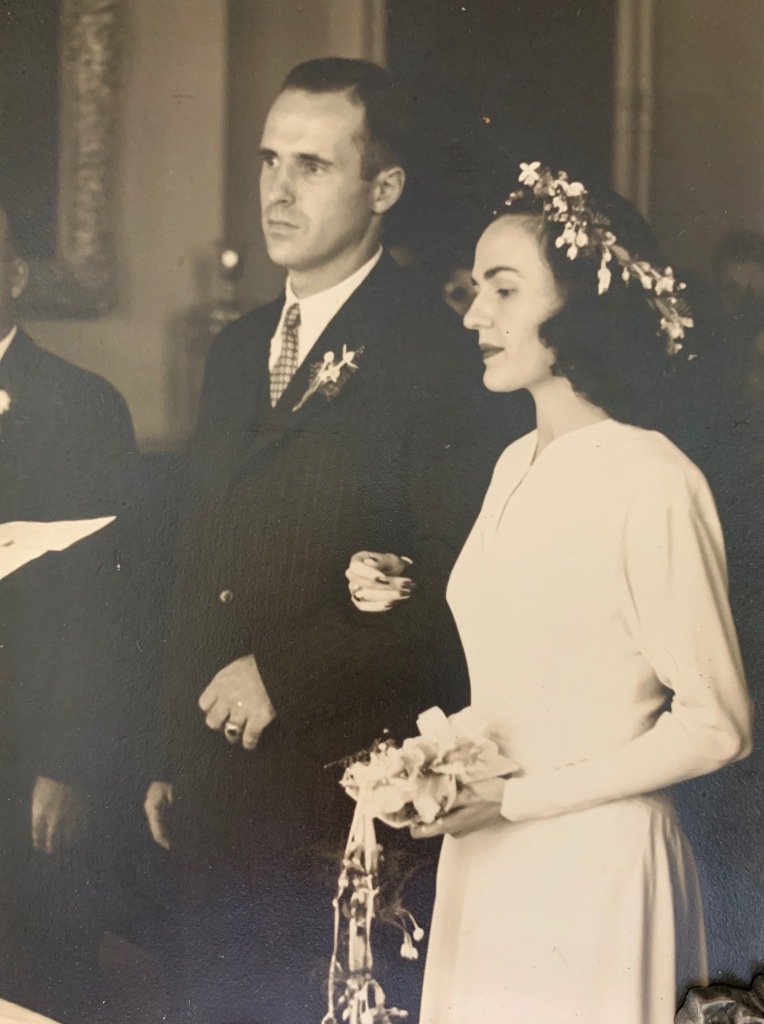
Doom, for his part, never got tired of pointing out that the wedding took place in the basement of the church because he wasn’t Catholic. In those days, mixed marriages … of mixed religions … didn’t always make family elders happy. Doom limited his time in church after that, attending only the obligatory weddings and funerals.
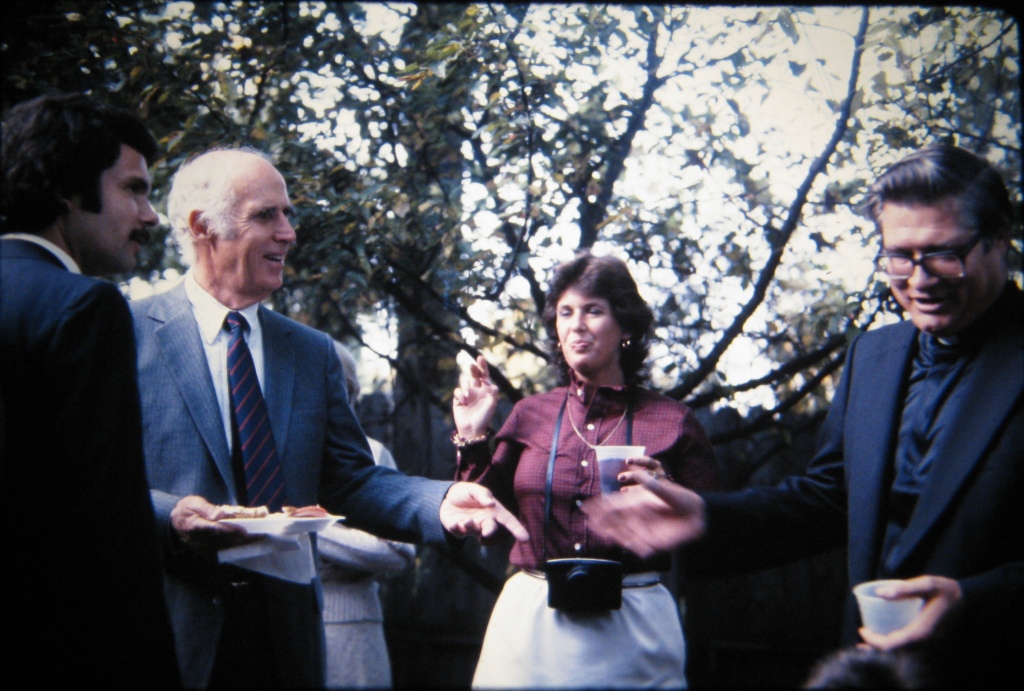
My parents began their married life living with her parents in Brooklyn, but soon moved into a brand new house on Long Island in the brand new development of Levittown, N.Y. They lived there for 5 years and that’s where Carol, Page and then I were born, roughly 2 years apart. Liz came along a good 6 years after me. By then we had moved upstate, near Albany.
There was still a strong anti-Italian sentiment in the country when Mom was growing up, but she was proud of her Italian heritage. And that pride increased the older and more confident she got.
As a teen, however, she was too embarrassed to bring friends home from school when the grapes were harvested. Cosmo would be in the basement, happily pressing the grapes and the smell, as it drifted up and enveloped the entire house, could be overpowering to those who didn’t make their own wine in the basement.

My mom wasn’t a storyteller – she was a great listener – but one story she liked to tell was about walking to school with her sister, Aggie. On this walk, they would pass a man all bundled up, sunning himself on his apartment balcony. He would wave to the uniformed, Catholic schoolgirls as they passed and they would wave back. This was the 30s – you could do that. Only later, after a police raid and subsequent news story about the raid, did they find out that the man, all bundled up, was mobster Louis Lepke, who ran the mob hit squad, Murder, Inc.
She was an art major at Brooklyn College, graduating in 1941. She worked at Macy’s Department store and at Abraham and Straus, another Brooklyn department store before getting that fateful job at Penn Station during World War II. She also did post grad work at Pratt Institute, studying fashion illustrating. That was a surprise to my sisters and me. We only know about it because when cleaning out her house of nearly 50 years, we found a box of her sketches, along with the course catalog and her class schedule.

Men in those days were defined by their jobs; you could see their specific accomplishments and activities. However, women of my mother’s generation were every bit as accomplished and involved as their husbands, but it was often behind the scenes – without a formal position – and deeply woven into every bit of the fabric of the family, community and society.
There were a lot of threads in the fabric of my mother’s life.
If you went by appearances, she was the stereotypical 1950s, June Cleaver housewife. She was almost always impeccably dressed – complete with the dresses, red nail polish and pearl necklaces, faux of course – even while chasing 4 kids through their childhood. She was often barefoot, because it was more comfortable, she’d explain. But she had too much energy, too much intelligence and independence to be put in that shallow, Leave It To Beaver, pigeonhole.
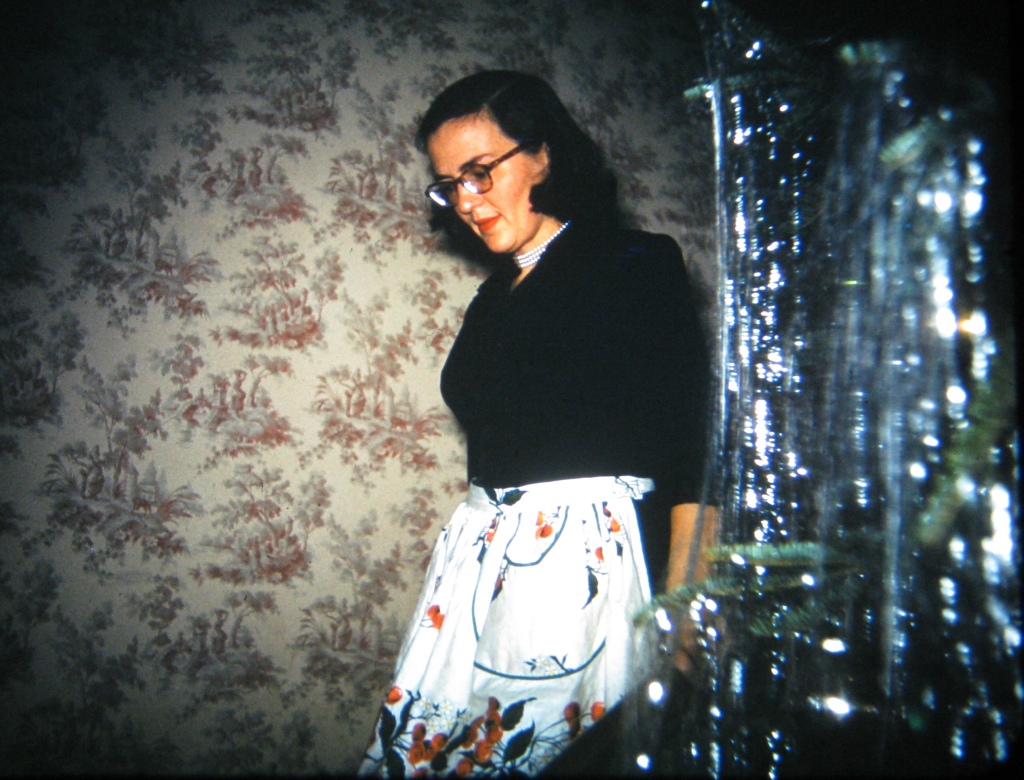
Coming from a protective Italian patriarchal household where the girls were pampered princesses, it’s amazing how many talents she developed in her adult life: gardener, cook, baker, artist, wordsmith, refinisher, upholsterer, picnic maker, seamstress, knitter, electrician, dancer, engaged citizen and head of a lively social circle.
There were a lot of stereotypes of the helpless bride pulling a smoking roast from the oven just as the successful man came through the door after a hard day’s work. That wasn’t my mom. Her mother had never allowed anyone in her kitchen so Mom had to learn how to cook on her own but she wasn’t helpless. She took control and while some efforts may not have turned out the way she wanted, that often was because she always had high expectations. She clipped hundreds of recipes from newspapers, magazines and food packages. She had a chemist’s brain: she could read the ingredients and tell how the dish would turn out.

The number one item in her repertoire was pizza. As her reputation for it grew, she used to say that’s all she wanted her obituary to say when she died: She made great pizza. Or to use her phrase and said in an overly dramatic fashion, when she left this “veil of tears.” When I say overly dramatic, she would throw her head back and put the back of her hand to her forehead and pretend to collapse.
Her pizza was birthday dinner good. The ingredients were simple, but she made magic with her precise measuring (she weighed each dough ball on an old baby scale) and fresh mozzarella cheese transported from Pestosa Ravioli in Brooklyn in a cooler. The pizza was ringed with a crust so delectable we saved it for last and buttered it.

I would invite 4 or 5 friends over and we would sit up in my room on the third floor, playing records and talking and waiting. That pre-dinner time seemed to go on for hours because my mother would pre-bake all the pizzas in her double, side-by-side oven stove. And she would make 5 very large pies, pies so large she had to bend the edges of the pans to fit her oven.
The smell of the pizza would waft up and tantalize us long before it was ready. Finally, she would signal to wash up with three sharp blasts of the back doorbell. My bedroom was on the third floor.
Her lasagna was another favorite. Pans of it traveled the country packed in dry ice, brought or sent to family members and friends. And her layer cakes were meticulously decorated works of art. Very early on in life we learned to be quiet and NO JUMPING when she was baking a cake. No one wanted to be the one who made the cake fall.
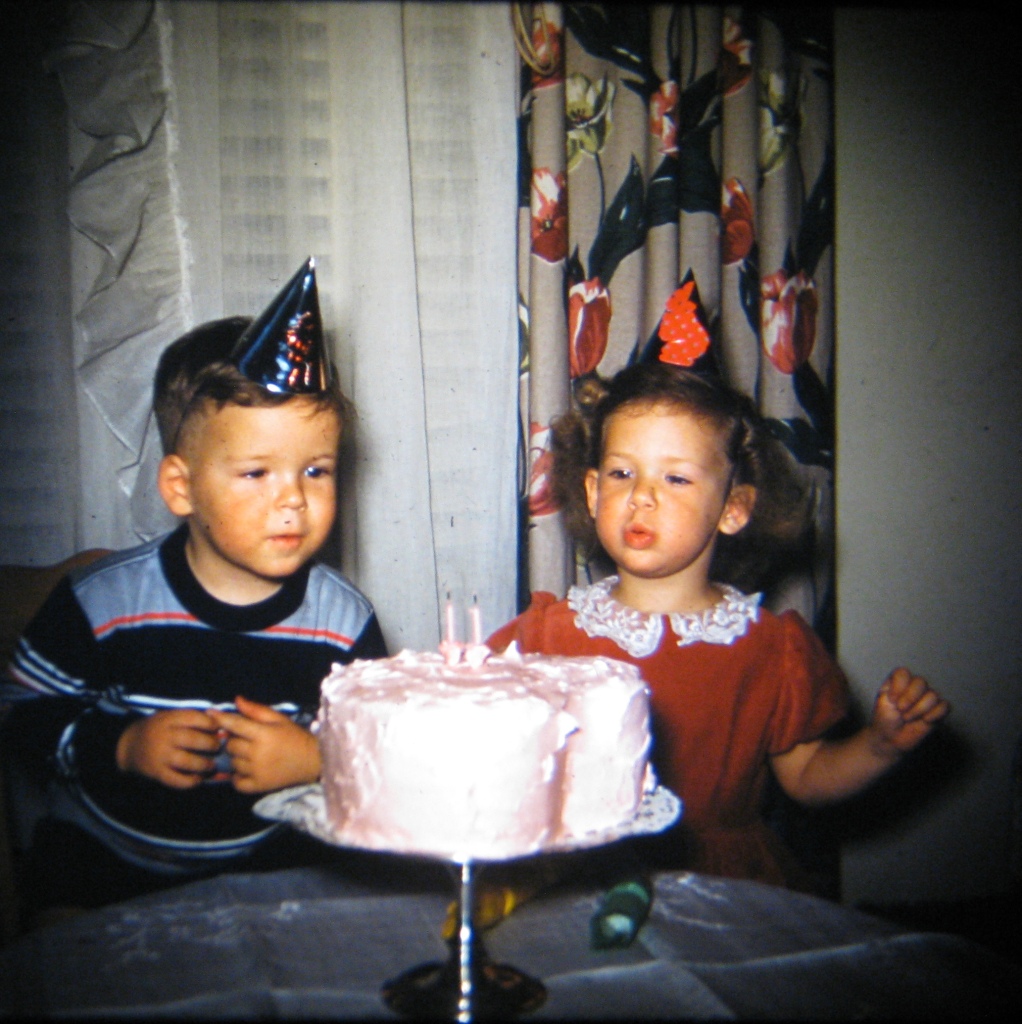
When we did sit down to dinner, whether it was just family or there were guests, conversation also had to be accurate and precise. My mom loved words, grammar and facts. She didn’t want to let a teachable moment pass no matter who was at the table. Always within arm’s reach of the dinner table sat a stack of books featuring a dictionary, a grammar book, a thesaurus, an almanac (always about 5 years old because she bought them at tag sales) and several bird books. Sometimes just the act of reaching for a book was enough to make someone with a shaky argument crumble.
She refinished furniture, reupholstered couches and chairs, made slip covers for the over stuffed chairs and the drapes, and repaired small appliances, including toasters, coffee grinders and lamps. She grew African violets in the basement under an elaborate set of fluorescent grow lights and her summer garden overflowed with flowers and vegetables. She was too thrifty to buy the New York Times on Sundays, so her sister, Aggie, would save the magazine for her and every so often a stack of them would be shipped up from Brooklyn so she could zip through crossword puzzles.
She made most of her own clothes and ours, including my brother’s and my sport coats. She sewed my sisters’ dresses, starting with tiny hand smocked toddler outfits up to and including their prom gowns. Liz took special pride that she was voted best dressed at school in our snobby suburb, because her clothes were either handmade or bought at a thrift shop.
She could really be creative with that Singer at Halloween. We had very elaborate, durable, matching clown outfits. She wasn’t doing all that work for just one year. The costumes got handed down. As I was the third child, I was a clown for 3 years.

One year, Carol was Little Red Riding Hood, Page was the big bad wolf and I, too young to protest my role, was the very edible grandmother.
Mom taught us many things. In addition to good grammar, good manners and good food, she taught us the value of a bargain. She found a gold tux jacket for my senior prom at a second hand store. It was like new. It had only been worn once. The catch? It really wasn’t a tux jacket. It wasn’t gold; it was Kodak yellow, a leftover from a sales convention. I felt like Cinderella as she instructed me to make sure to keep the flap over the breast pocket tucked inside. A bright, red KODAK was emblazoned on it.
She was very theatrical. When she answered the phone, her helllllooooo went on a good four seconds. But as much as she loved dancing and being creative and a bit of a ham, Mom didn’t really like being the center of attention. And even though her pizza and her cakes and her lasagna and her meatballs and her flowers and her painting and her decorating brought her praise, she would always deflect it.
Oh, it could use a little more oregano, she’d say. Or, I left it in too long. There’s too much almond. She wasn’t being humble or asking for more praise. She was simply uncomfortable with the spotlight once it found her.
And as hard as she worked, and when she wasn’t taking us to swimming lessons and those all-important weekly trips to the library – you had to be a reader in our family – she always seemed to have time for a friend. A kettle was always ready on the stove for coffee and almost daily one or more of the neighbor ladies was chatting at the peninsula in the kitchen. And while the water boiled, she would bring out her homemade lemon bars, pound cake or cookies.
It wasn’t just her friends she wanted at the house. She wanted our friends, too. They were not allowed to sit outside in their cars and honk for us. Boys and girls alike had to come to the door and speak to her and Doom. We were embarrassed by that rule at the time, but the odd thing is, our friends liked it, because they sensed these were parents who cared about them. And they liked our parents.
My mom learned to drive late in life. Growing up in Brooklyn, there had been no need. But when we moved to upstate New York and then Connecticut, she had to learn. She was a good driver, but very deliberate. She drove to church every Sunday – up the town’s main thoroughfare – at the posted speed limit of 25 miles per hour.
Page and I, in the back seat, would turn around and see what seemed like the rest of the congregation following close behind. We would dive onto the floor in the back seat in embarrassment and beg her to drive faster. If anything, that made her go slower.
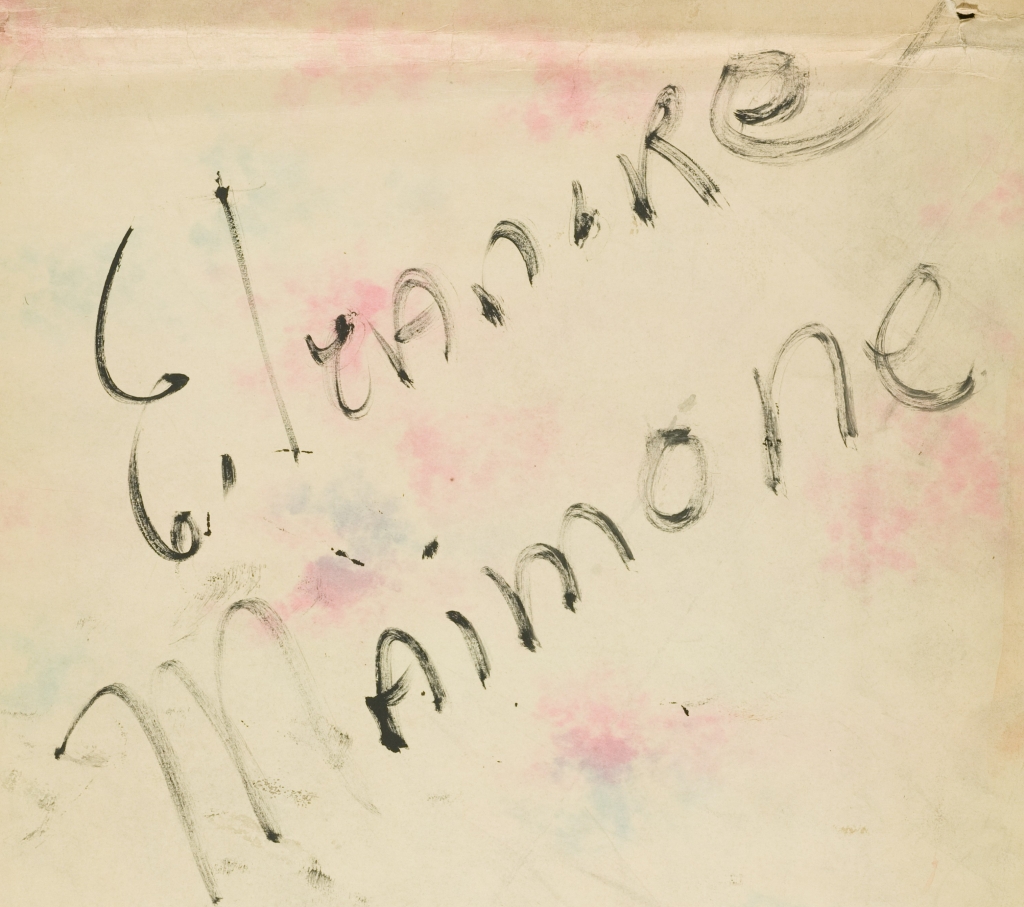
Mom loved babies and small children and she smiled at and talked to every one she encountered. But she would do more than that. She would easily engage any adult in conversation – anytime, anywhere. As a kid, I was embarrassed by this particular habit. I viewed it as a flaw. But as an adult, I realized it was a gift. A gift I’m glad I learned from her.
Mom was genuinely interested in other people and always asked where they were from. She would react as if she hit the lottery if they were Italian and from New York.
She was an inveterate newspaper clipper and always had stacks of clips targeted for each of her children and her friends in her desk. Often we’d get envelopes with lots of clips and just a short note with a single sentence … or less.
When she wasn’t clipping, she often was writing short, pithy letters to the editor about issues great and small. She showed her humor when she wrote about the common confusion of the usage of lay and lie. She was a member of SPELL (the Society for the Preservation of the English Language and Literature) and sent them a note for their newsletter: She had laundering instructions on a sweater that read: “Don’t machine wash or dry. Lie flat to dry.” Her response? “I’m still lying here waiting for this sweater to dry!”
Next week: Chapter 8: A Working Man
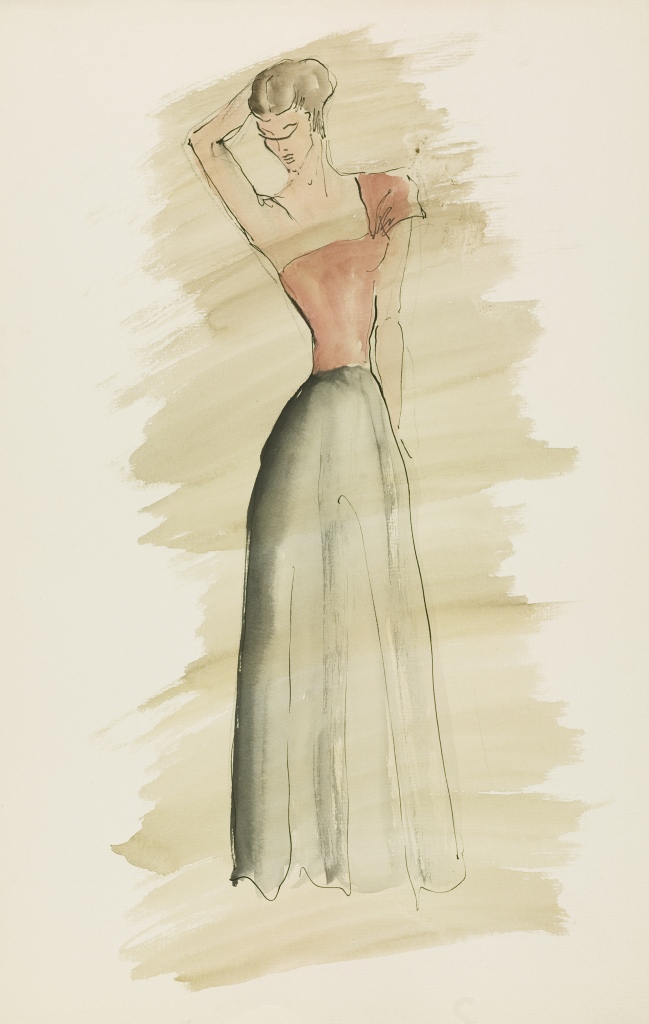
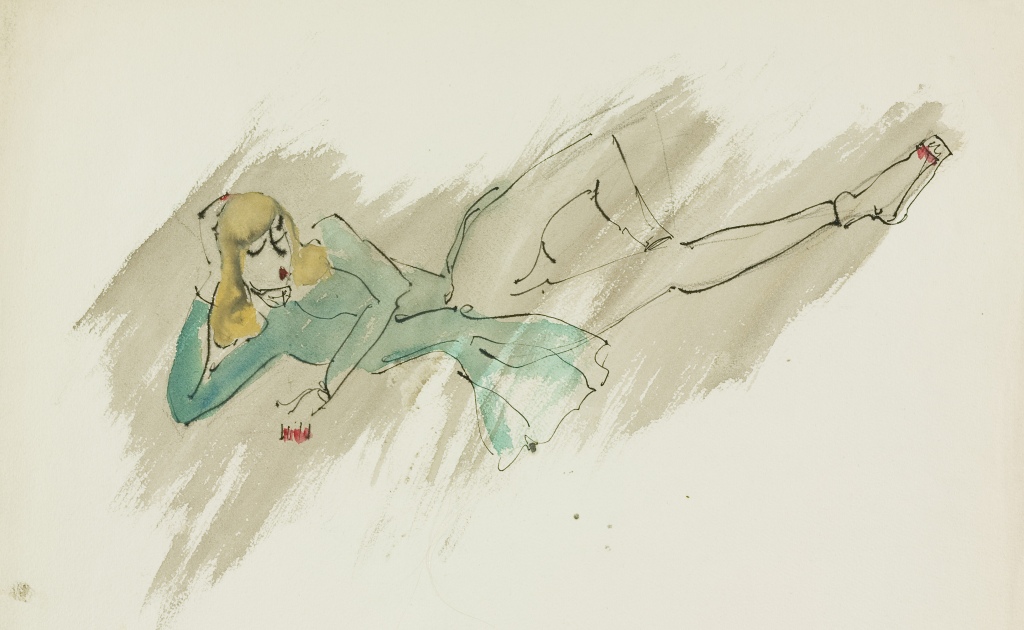
Categories: My story


Wow! Your mother was quite a woman. I’m assuming there will be more about how she interacted with your Dad?
Don’t jump ahead! And … this is a reason why people write 2 or 3 autobiographies. There is a lot to put in … but you still have to maintain a story line. So there may be some that’s left out. But you’ve given me something else to think about.
Your Mom was an awesome person. Great sense of humor and I’m remembering my Mom (English teacher) enjoying the heck out of reading her letters to the editor that she would send to the Courant, or was it the Times!
Heh. It was mostly the Courant … although we got them both.
Your mom was truly a strong, loving and hardworking lady who’s character is worth emulating
I loved visiting your house and your parents in high school. Just as you say, there was always something going on and they were truly interested in what we kids had to say about it. Great times in that living room.